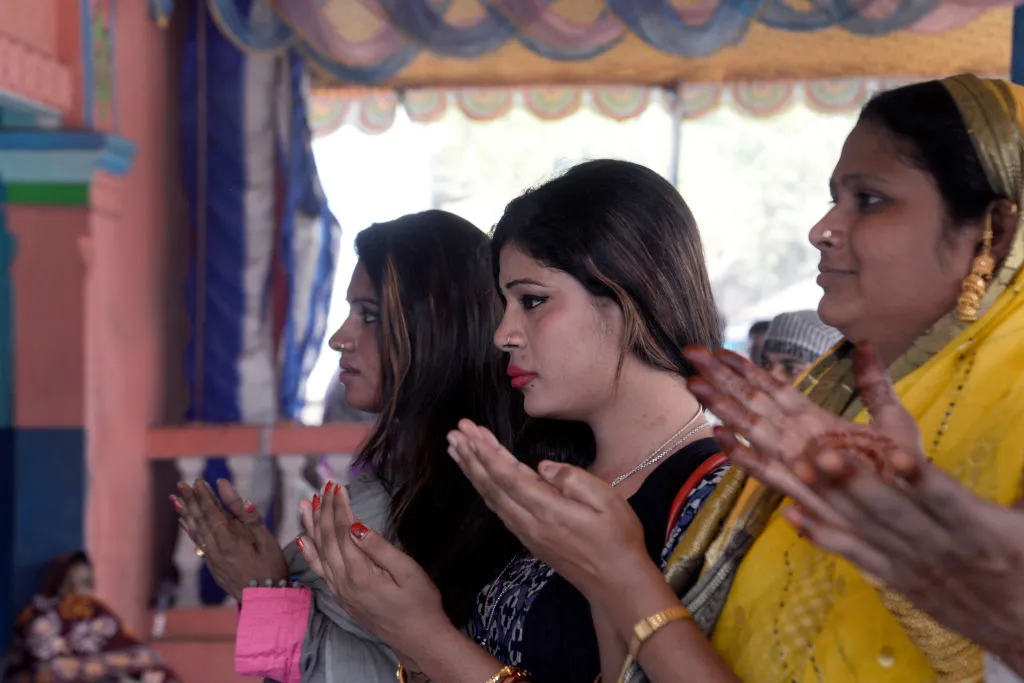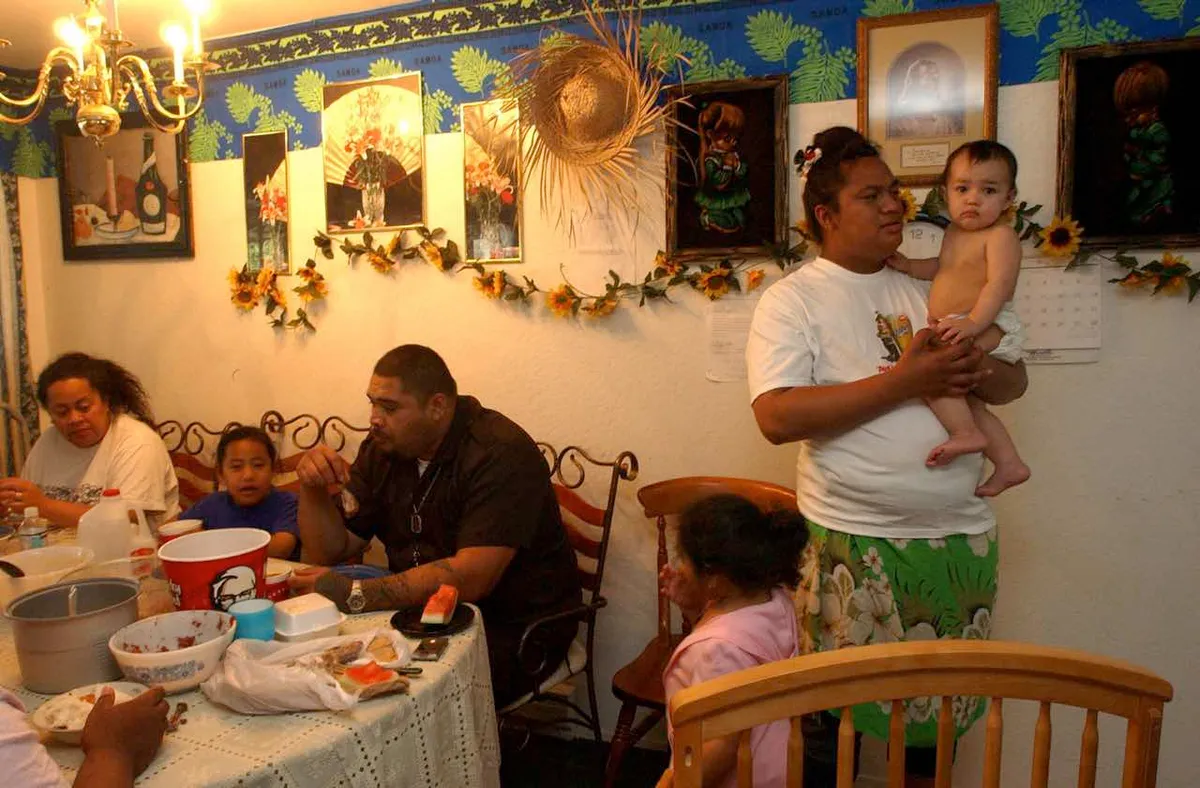In 1913 George Levick, an explorer, travelled to Antarctica. There, he found something so terrible that he requested his findings not be published. In case the correspondence was leaked or intercepted, he took the further precaution of writing key sections in ancient Greek: these were not letters to be read by the lower orders.
Levick had been studying penguins: birds whose monogamous lifestyle had so impressed the Victorians that they had been held up as models of probity and integrity.
But he had seen something on his trip to the bottom of the world that had caused him to question that assessment. “There seems,” he wrote with palpable shock, “to be no crime too low for these penguins.” Levick’s penguins, you see, were gay.
And if penguins can be homosexual, what was to say that that behaviour, far from being the perversion society presumed it was, was natural in humans too?
These days homosexuals, avian or otherwise, generally have an easier time of it. While we may have accepted that same sex attraction is natural, though, there is a far harder question: why is it natural?
We know that homosexuality is, at least in part, genetic. Studies show, for instance, that identical twins are more likely to be both homosexual than non-identical twins. So it is passed on by evolution. This is a problem, particularly so with men – who for obvious reasons find it harder to fake an interest in sex.
Imagine you had never heard of evolution, and someone described it to you. One of the most basic predictions you would surely make is that a trait that made people less likely to reproduce should die out. Male homosexuality, a trait that, at least among exclusive homosexuals, means people have no interest at all in the act of reproduction, should never have existed in the first place. And yet it does. How?
To answer that question, researchers have gone to a place where homosexuality itself does not exist, at least in the form we know it: Samoa. Here, in the South Pacific, there is a third gender called the Fa’afafine – a group born male who behave as women.
This is not the only place with third genders. There are the “Two-Spirit” people of Native America. There are the Khatoey ladyboys of Thailand. There are the Hijras of Pakistan. In 2004 a Hijra, Asha Devi, was elected mayor of Gorakhpur under the slogan “You’ve tried the men and tried the women. Now try something different”.

Paul Vasey, from the University of Lethbridge in Canada, believes that homosexuality as it manifests itself in most of today’s world is unusual. In more ancient cultures, he thinks you can see homosexuality as it was practised by our ancestors in deep time – as a “third gender”.
And in looking at these third genders – in particular the Fa’afafine – he believes we can find clues as to why this evolutionary paradox of male homosexuality persists.
What is interesting for Professor Vasey is that, firstly, there is no recognised gay identity in Samoa and that, secondly, the Fa’afafine occur at the same proportion as male homosexuals in the west. He believes there is a simple explanation for this.
“I’m gay,” says Professor Vasey. “But if I’d grown up in Samoa I wouldn’t look like this. I’d probably look like a really ugly Fa’afafine.”
Fa’afafine translates literally as “in the manner of a woman”. Boys who appear more feminised in their behaviour will often be classified as a Fa’afafine, and brought up as something between a woman and a man. There is also an analogue for masculinised girls – Fa’afatama.
The fact they also go on to sleep with men is not the only similarity between Fa’afafine and western gay men. “There’s all kinds of traits the two share in common. Both exhibit elevated childhood gender atypical behaviour, both exhibit elevated childhood cross sex wishes, both exhibit elevated childhood separation anxiety, both prefer female-typical occupations in adulthood.”
For Professor Vasey, it seems obvious that being Fa’afafine and being gay is the “same trait, expressed differently depending on the culture.” He even argues that the oddity is the West – that the way homosexuality manifests in Europe and North America may even be an expression of our repression rather than our freedom.
“The part of the brain that controls sexual partner preference, it’s the same for all of us,” he says. “It’s just that if you take that biological potential, put it in Samoa where society doesn’t flip out about male femininity, then feminine little boys grow up to be Fa’afafine. If you take that potential, put it in Canada, feminine boys learn pretty quickly they had better masculinise to survive.” This, he believes, is precisely what he ended up doing.
Whether the “third gender” really is the ancestral form of homosexuality, with the way it is practised in the West today an aberration, is a separate issue. That it can take such widely different forms, shows the impact society can have on sexuality. That its prevalence remains largely the same also shows the limits of such socialisation – that there is something else going on. But what?
Professor Vasey is one of the very few scientists in the world looking at this question, and he does so thanks to the Fa’afafine. There are two specific theories used to explain male homosexuality that he is interested in. The first could be termed the “benevolent uncle hypothesis”.
Alatina Ioelu does not remember not being a Fa’afafine. Yet he does remember not wanting to be one. “You don’t really come out,” he said. “You’re just that. In a way it’s good, in a way it’s not good. When you’re growing up as a kid you’re innocent of your actions, how you move or sound. You’re not aware you are doing something that doesn’t conform to the norms of how society considers boys.”
But he clearly didn’t, because his classmates began to call him a Fa’afafine. “And so you grow up being known as that. I wanted to distance myself from it, I didn’t want to be that.” He couldn’t, though, because he realised it was true. “In the end you’re like, ‘sh*t, that’s what I am.’”
It would be wrong to claim that the Fa’afafine are completely accepted in Samoa. There is a place for them, however, and always has been. “They walk around and nobody says, ‘Oh, that’s a Fa’afafine’. In my family we have a long line going back. I have a great uncle that’s a Fa’afafine, I have four second cousins, a first cousin…”
He realised that this itself was a paradox - all these Fa’afafine going back generations. “How the hell do we have Fa’afafine, and they don’t reproduce? How is it we are still around, when we don’t have children?”
He also realised that Professor Vasey may have the answer. Fa’afafine do not have biological children of their own. Conventionally, from the point Alatina realised who he was, he was taking himself out of the reproductive game. Or was he? Perhaps not entirely.
The benevolent uncle explanation is based on the idea that there is more than one way to pass on your genes. The best way to reproduce, in terms of percentage of genes passed on, is to clone yourself through asexual reproduction. Stick insects can do this. Humans, alas, can’t.
The most efficient method we have to perpetuate our genes is sexual reproduction – passing on half our DNA each time. It is not the only option, though. Your siblings, for instance, share half your genes, which means your nieces and nephews share a quarter. To an uncle each of those nieces and nephews is therefore, from a genetic point of view, worth half a child.

What if simply having an extra man around, a benevolent uncle to provide for the extended family’s children, was enough to ensure more of those children survive to reproduce themselves? This could be where the Fa’afafine come in. Alatina says that there are clear and defined roles for them.
“They become almost like the caretakers of families. They are responsible for taking care of the elderly, parents, grandparents, even their siblings’ children. Because they are feminine they take up this motherly role in families.”
Having an extra hardworking adult without dependants is no minor advantage. Everyone has extra fish, extra firewood – and fuller bellies. It is not implausible that, particularly in difficult times, a childless Fa’afafine could ensure more nieces and nephews reach reproductive age. That is the idea behind the benevolent uncles hypothesis, that good uncling becomes a form of reproduction in itself.
To test the theory, Professor Vasey looks to see if the Fa’afafine are more avuncular – literally, uncle-like. He has found that, compared to single straight men or aunts, they are indeed more likely to want to look after their nieces and nephews. They take more interest in them, babysit more than straight men, buy more toys, tutor more and contribute more money to their education.
Of course, in order for a gay uncle to be useful you need to ensure he actually has nieces and nephews (and preferably a lot of them) to be useful for. There’s no point in being a good uncle with no one to look after. So it would be good for this theory if gay uncles were more likely to pop up in big families. Incredibly, they do.
One of the best-established and more intriguing results in homosexuality research is that the more elder brothers a man has, the greater his chances of being gay. The mechanism, only discovered this year, seems to involve each pregnancy leading the mother to develop antibodies against a protein involved in male foetal brain development.
The result is, as families get more likely to benefit from the services of a gay uncle, the chances of one appearing increases.
Problem solved? Not quite. In order for this to completely explain homosexuality, a lot of extra nieces and nephews would have to be born and survive – probably too many for the genetic mathematics to add up.
But Professor Vasey does not think the benevolent uncle theory needs to be a complete explanation. It can be one of many, and the other leading contender is the “sexually antagonistic gene hypothesis”, more snappily known as the “sexy sisters hypothesis”.
What if the genes for homosexuality persist because despite making non-reproductive (if avuncular) men, when they appear in women they produce excellent breeders? Again the Fa’afafine, and Samoa, have been his laboratory. Professor Vasey took 86 Fa’afafine, and 86 heterosexual Samoan men. He then looked at their grandmothers – who are easier to study than sisters, because all their breeding is already finished.
He found that the grandmothers of the Fa’afafine were indeed better breeders. The theory is simple. By passing on their genes these grandmothers might end up with the occasional grandson who wears dresses and doesn’t reproduce (though always remembers his nieces’ and nephews’ birthdays). But they themselves, thanks to the very same genes, were also better at reproducing – so made enough other grandchildren to make up for it. There is a problem, though, given the way the theory was originally framed. Somehow, the “sexy grandmothers’ hypothesis” just doesn’t have the same ring to it.
X and WHY – The rules of attraction: why gender still matters by Tom Whipple is available now (£9.99, Short Books)